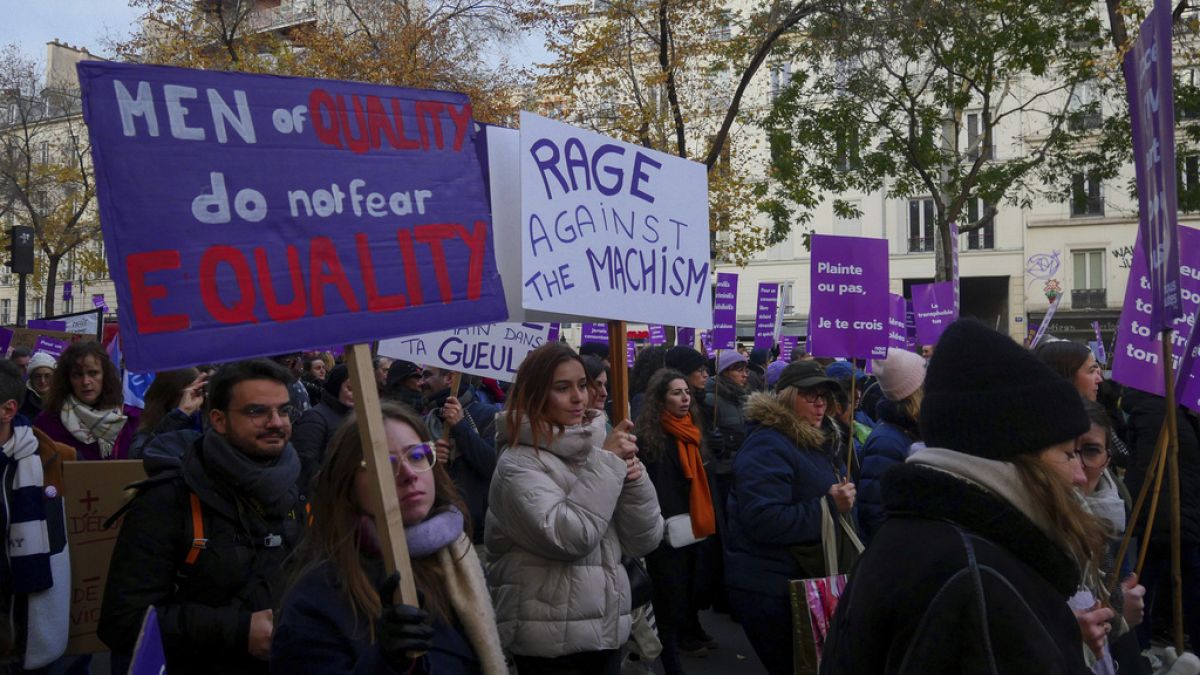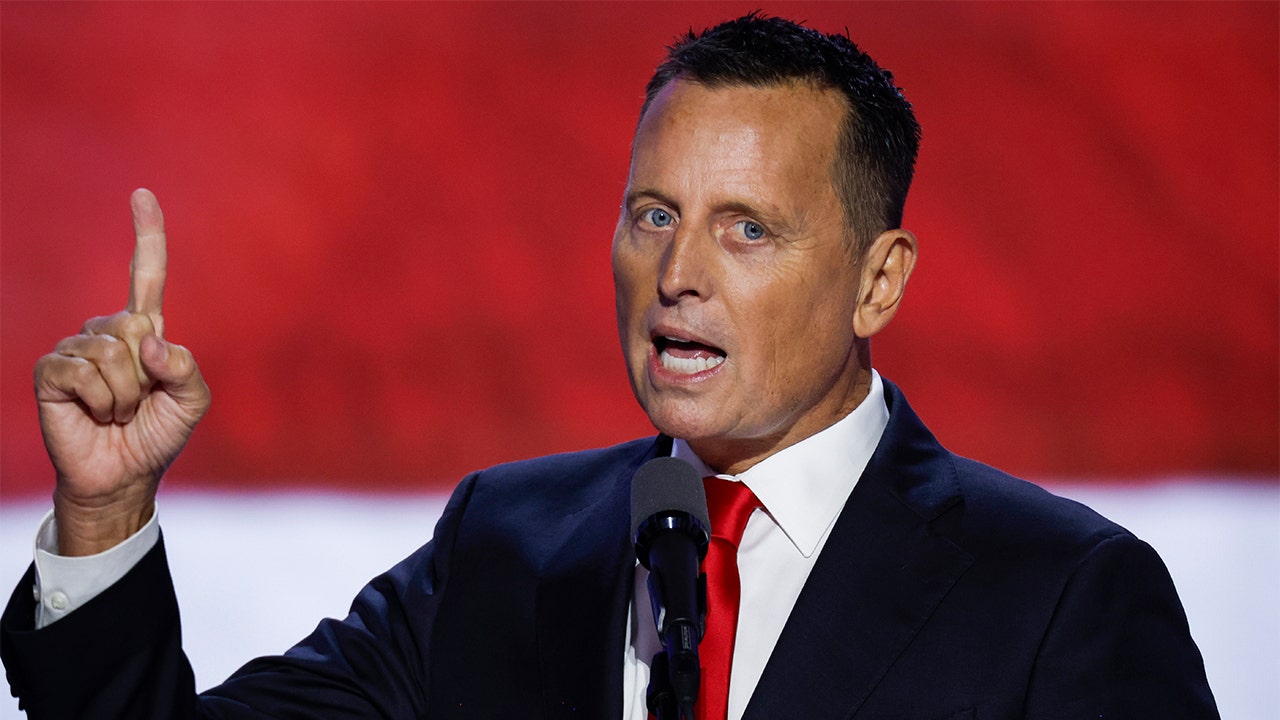Idaho
Wendell boys soccer battle with Sun Valley for top of the conference; Thursday Idaho prep scores
/cloudfront-us-east-1.images.arcpublishing.com/gray/DM7ZXGPZ6VGDLJCP4YX4V3VX6E.bmp)
WENDELL, Idaho (KMVT/KSVT) — The Wendell Trojans (9-1) hosted the Sun Valley Community School Cutthroats (9-2) Thursday evening.
This was a matchup of the top two teams in the 3A High Desert Conference.
After an intense 40 minutes, Sun Valley captain Walker Pate would score after a mistake by Wendell to go up 1-0.
Despite trailing at the half, the Trojans would score three straight goals and come away with the victory.
With under two weeks to go, both teams are currently tied for first place in their conference.
Wendell will look to improve upon their seven-game win streak Tuesday as they host Buhl. Sun Valley will host Kimberly on Friday.
Other boys soccer scores:
Kimberly 1, Buhl 0
Gooding 5, Declo 1
Girls soccer scores:
Sun Valley 3, Wendell 0
Goals: (Mia Hansmeyer 2, Rylee Miller)
Kimberly 1, Buhl 0
Goals: Ellie Stastny
Bliss 2, Filer 1
Filer goals: Izzy Garcia
Volleyball scores
Filer 3, Buhl 0 (25-19, 29-27, 25-17)
Filer stats:
– Hazel Fischer 11 kills 16 digs
– Allie Bishop 8 kills, 7 digs, 2 aces
– Faith Robinson 35 assists, 8 digs, 2 aces
– Izzy Brown 16 digs
Minico 3, Mountain Home 0 (25-23, 25-12, 25-21)
Declo 3, Wendell 0 (27-25, 25-7, 25-15)
Dietrich 3, Hagerman 0 (25-19, 25-15, 25-19)
Copyright 2023 KMVT. All rights reserved.

Idaho
Cold front comes into Idaho after a rainy week

It was a rainy week with intense showers passing through the Treasure Valley. Sunday is expected to be clear but cooler weather and more precipitation is on the way.
I got to capture a phenomenal rainbow coming into the station today after some of the rain we saw on Saturday clear out.
The start of this wee will see some more rain on the way for Boise. Twin Fall will see their precipitation arrive between Monday and Tuesday with chances of rain snow/ mixes and possible accumulation.
A cold front will move in this week dropping temperatures. 40’s will turn into 30’s for the Magic and Treasure Valley’s. Mountains will expect a cool down as well. Thanksgiving is looking like a clear day though for most parts of Idaho.
Colder is coming this week, make sure to bundle up!

Idaho
Idaho teen, 18, arrested after dead newborn found in hospital’s Safe Haven baby box

An Idaho teen is behind bars after a dead baby was found in a hospital drop-off box meant for the anonymous surrender of newborns.
Angel Newberry, 18, was arrested in Twin Falls more than a month after medical officials found the dead baby girl wrapped in a blanket with her placenta still attached in the Safe Haven Baby Box at the Grove Creek Medical Center in Blackfoot, authorities announced Friday.
“The Safe Haven Baby Box is intended to safely and anonymously allow custodial parents to surrender a newborn under 30 days old without legal repercussions, provided the child is unharmed,” the Blackfoot Police Department said in a social media post.
“Unfortunately, the placement of a harmed or deceased infant is not protected under the system of Idaho law.”
Hospital staff immediately responded to an alarm on Oct. 13 indicating a baby had been placed in the box — making the disturbing discovery that the newborn had been dead long before she was abandoned, according to Safe Haven Baby Boxes.
Idaho law only allows for the surrender of an infant who is unharmed.
“We are heartbroken,” Safe Haven Baby Box founder Monica Kelsey said last month.
“Let this be clear: this is an illegal, deadly abandonment.”
The accused teen was charged with failing to report a death to law enforcement officials and the coroner, police said.
Additional charges could be filed as the investigation into the circumstances surrounding the baby’s death is ongoing.
She is being held at Bingham County Jail.
Idaho
Idaho State Controller's Office says it may take 2-3 years before Luma system is optimized • Idaho Capital Sun

Officials with the Idaho State Controller’s Office told a legislative committee Friday that it may take two or three years for the new Luma business and IT system to be fully optimized.
On Friday, officials with the Idaho Office of Performance Evaluation presented their new evaluation report on the Luma business, finance, HR and IT system to the Idaho Legislature’s Joint Legislative Oversight Committee.
“The key takeaway is clear; transitioning to Luma was the right decision,” Idaho State Controller Brandon Woolf told the committee. “In visiting with other states, projects of this magnitude require two to three years to fully optimize, and we are firmly on the right path to success.”
GET THE MORNING HEADLINES.
Luma, which is based on software purchased from Infor, is designed to improve security and efficiency for state agencies by replacing legacy systems from the 1990s that had outlived their useful life and were vulnerable to security threats. But the $117 million Luma system, launched in July 2023, experienced a rocky rollout that included duplicated payments, payroll challenges, late payments, reporting and reconciliation challenges and the inability to independently verify cash balances, according to the evaluation and a series of previous audits of Luma.
In the latest Luma challenge, state budget officials said Tuesday that the state was not able to identify $14.5 million in state revenues by the deadline to use that money to reduce Idaho property taxes this year.
After Friday’s presentation, Woolf issued a response and fielded questions from legislators. Luma is housed in the Idaho State Controller’s Office, which was also involved in purchasing Luma.
Woolf told legislators his office takes accountability for the challenges with Luma, and believes sticking with Luma and optimizing it to see its full potential is the best option for the state moving forward.
Woolf said the Idaho State Controller’s Office is developing a “people-first” strategy working to repair relationships with state employees and rebuild trust. As part of that effort, the office is developing a sustainable training strategy and focusing on communication.
Need to get in touch?
Have a news tip?
“As we move forward, we are guided by a clear vision – to restore trust, improve transparency and ensure that Luma delivers the value it was designed to provide,” Woolf said. “This is a collective effort, one that depends on ongoing collaboration and respect with all involved.”
Idaho Office of Performance Evaluation Director Ryan Langrill told legislators the best path forward for the state is improving Luma.
“We believe that moving forward with Luma, rather than migrating back to the legacy system or doing a whole new procurement for a new system, is the most realistic option,” Langrill said.
In the Idaho Office of Performance Evaluation report on Luma, evaluators suggest legislators consider changes to Idaho’s purchasing process and consider changes to the governance and accountability of Luma. In the report, Langrill’s team suggested the purchasing process the state used to get Luma may have limited choices available to the state.
Moving forward, Woolf said his top priority is improving the reporting processes in Luma. But Woolf stressed he believes in Luma and that it will bring security benefits to the state and standardize data entry across different agencies and divisions.
“The narrative that Luma does not work is counterproductive and not accurate,” Woolf said. “Luma is functional but it’s not perfect – it processes transactions, handles payments and ensures everyone gets paid.”
YOU MAKE OUR WORK POSSIBLE.
-

 Business1 week ago
Business1 week agoColumn: Molly White's message for journalists going freelance — be ready for the pitfalls
-

 Science4 days ago
Science4 days agoTrump nominates Dr. Oz to head Medicare and Medicaid and help take on 'illness industrial complex'
-

 Politics6 days ago
Politics6 days agoTrump taps FCC member Brendan Carr to lead agency: 'Warrior for Free Speech'
-
/cdn.vox-cdn.com/uploads/chorus_asset/file/25739950/247386_Elon_Musk_Open_AI_CVirginia.jpg)
/cdn.vox-cdn.com/uploads/chorus_asset/file/25739950/247386_Elon_Musk_Open_AI_CVirginia.jpg) Technology6 days ago
Technology6 days agoInside Elon Musk’s messy breakup with OpenAI
-

 Lifestyle7 days ago
Lifestyle7 days agoSome in the U.S. farm industry are alarmed by Trump's embrace of RFK Jr. and tariffs
-

 World6 days ago
World6 days agoProtesters in Slovakia rally against Robert Fico’s populist government
-

 News6 days ago
News6 days agoThey disagree about a lot, but these singers figure out how to stay in harmony
-

 News6 days ago
News6 days agoGaetz-gate: Navigating the President-elect's most baffling Cabinet pick




















